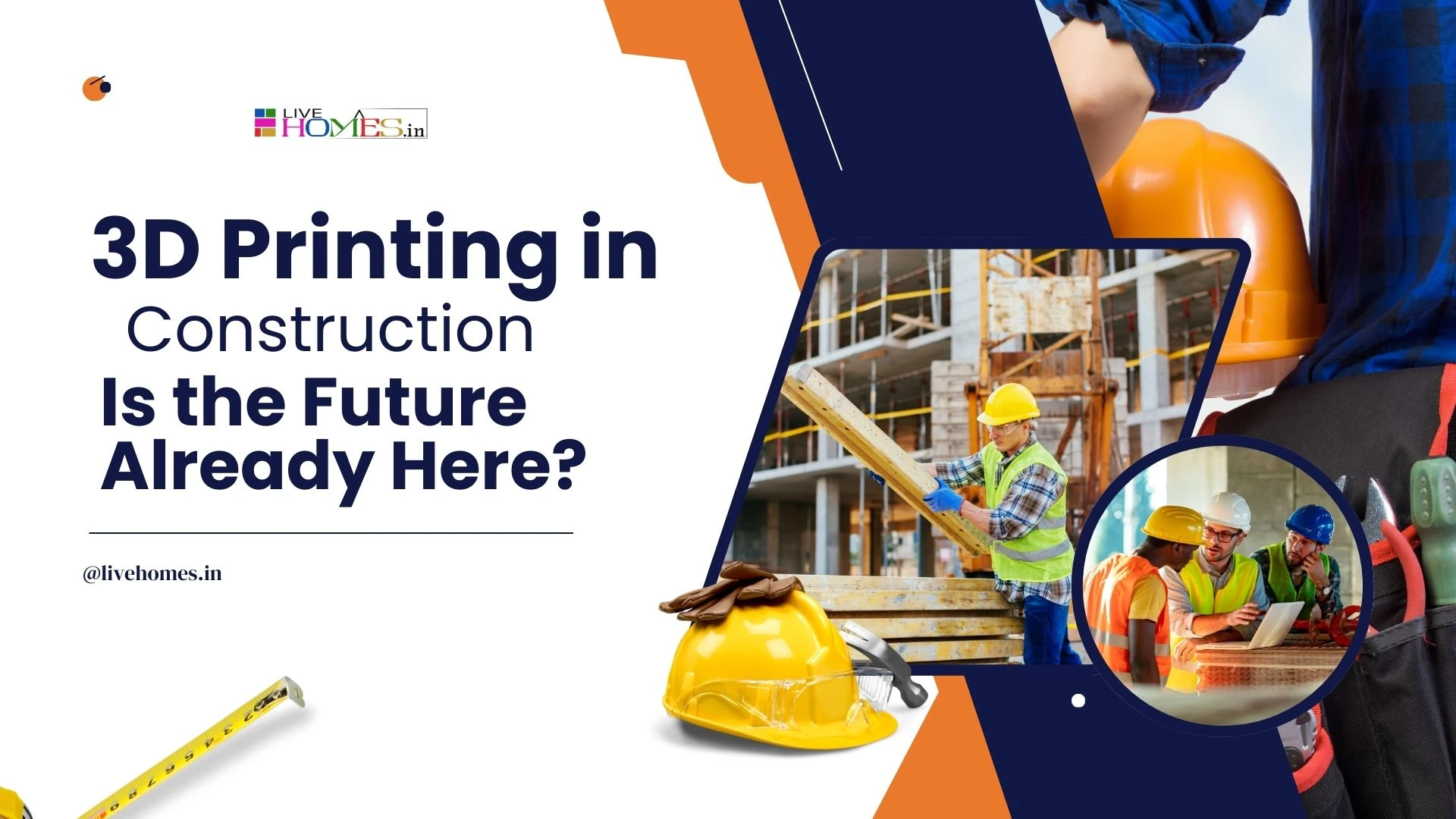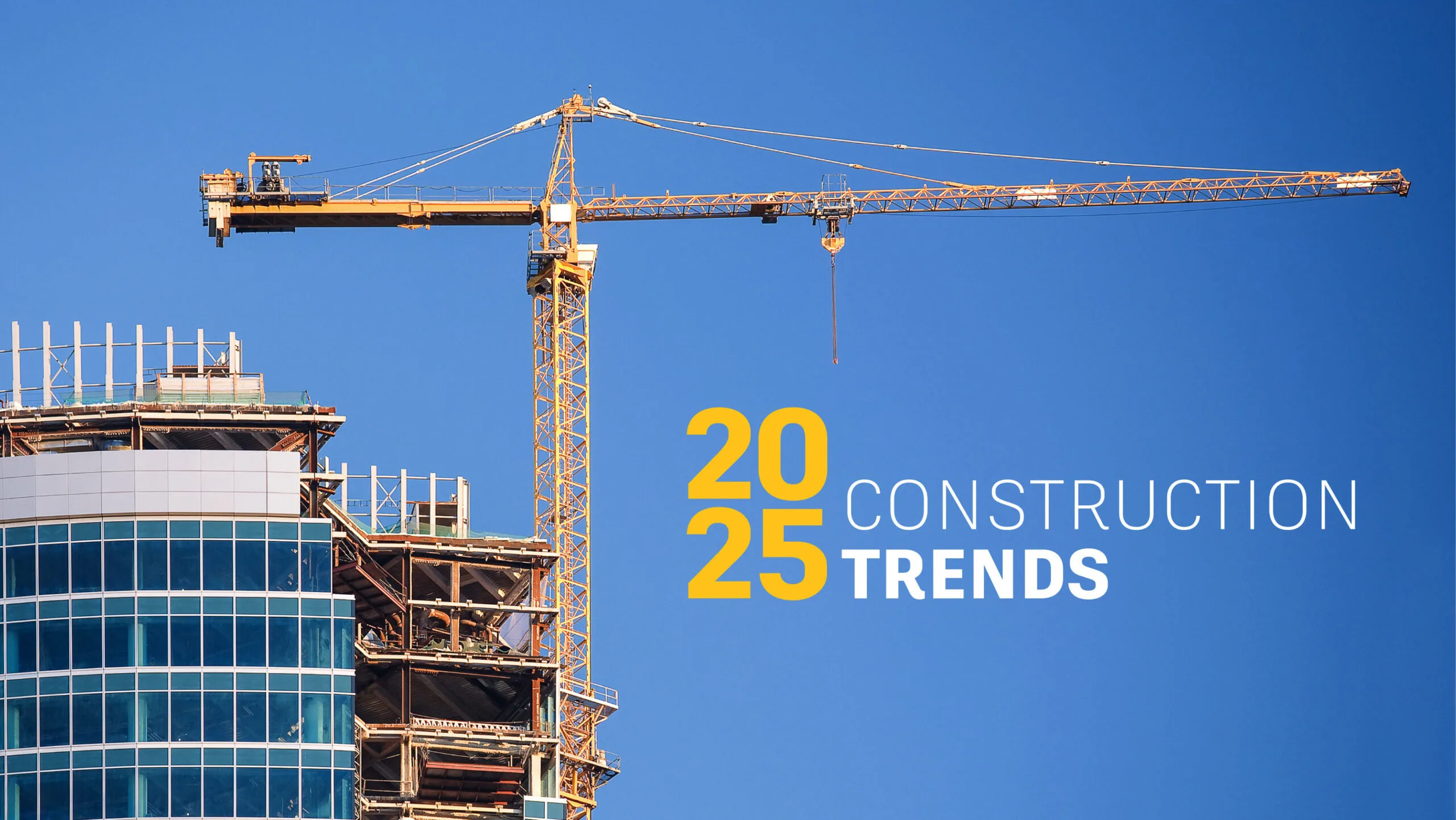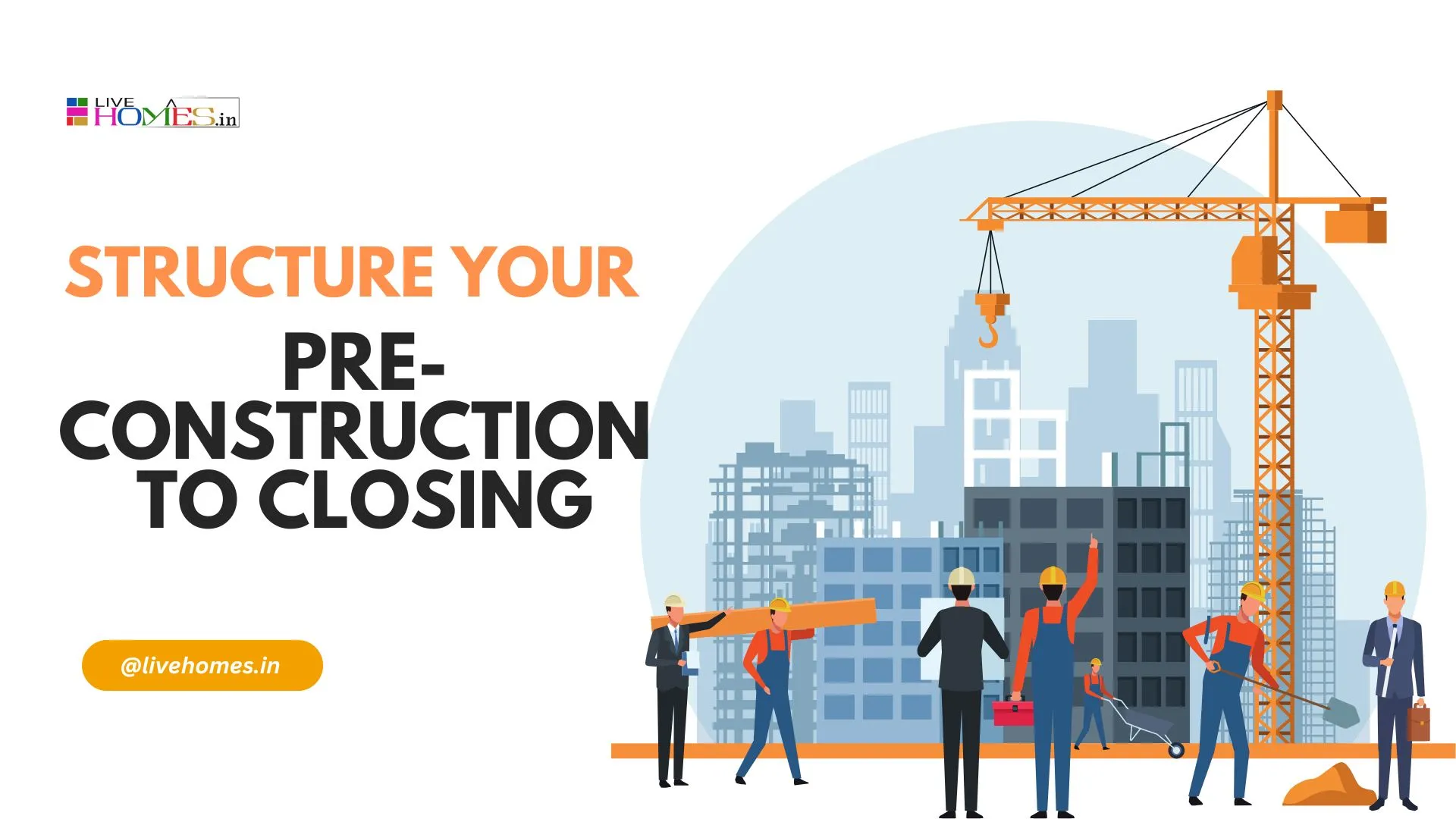3D Printing in Construction: Is the Future Already Here?
3D printing, also known as additive manufacturing, has been revolutionizing many industries — and construction is no exception. In the past few years, 3D printing has gone from being an experimental novelty to a real-world solution for building homes, offices, and infrastructure. But is this the future of construction? And more importantly — is that future already here?
What is 3D Printing in Construction?
3D printing in construction involves using large-scale 3D printers to build structures layer by layer. Instead of manual bricklaying or traditional concrete pouring, a robotic arm extrudes materials like concrete, cement mixtures, or even recycled materials to form walls, foundations, and entire buildings all based on a digital design (CAD file).
How It Works
-
Digital Design: Architects and engineers design the building on software.
-
Slicing: The software breaks down the design into layers.
-
Printing: The 3D printer extrudes material, layer by layer, to build the structure.
-
Finishing: Windows, roofs, wiring, and plumbing are added afterward.
Advantages of 3D Printing in Construction
-
Speed: Homes can be printed in as little as 24–48 hours.
-
Cost Efficiency: Reduces labor and material waste, potentially lowering overall construction costs.
-
Sustainability: Uses less material, and often includes eco-friendly or recycled components.
-
Design Freedom: Complex shapes and structures that would be expensive or impossible to make with traditional methods are now possible.
-
Safety: Fewer workers are needed on-site, reducing accidents and exposure to harsh conditions.
Real-World Examples (Proof That the Future Is Here)
-
ICON (USA): Printed entire communities in Texas. Their homes are affordable, durable, and energy-efficient.
-
Apis Cor (Russia/USA): Printed a house in 24 hours, on-site, with one machine.
-
COBOD (Europe): Their technology has been used in multiple countries for housing, offices, and even wind turbine towers.
-
India & Africa: Countries are exploring 3D printing as a fast, cost-effective solution to housing shortages.
Also Read: Did You Know Construction Trends to Watch in 2025
Challenges to Widespread Adoption
-
Building Codes & Regulations: Many countries don’t yet have legal frameworks for 3D-printed buildings.
-
Upfront Costs: The printers and materials can be expensive initially.
-
Skilled Workforce: New skills are needed to design and operate 3D printing systems.
-
Material Limitations: Most 3D printed buildings currently use special concrete. Scaling to other materials (like steel or insulation) is still developing.
So... Is the Future Already Here?
Yes — but it’s still in the early stages.
3D printing is no longer just a “concept.” It’s already building homes, offices, and infrastructure around the world. However, it hasn’t yet replaced traditional construction — it’s co-existing with it, and slowly expanding.
https://www.livehomes.in/blogs













